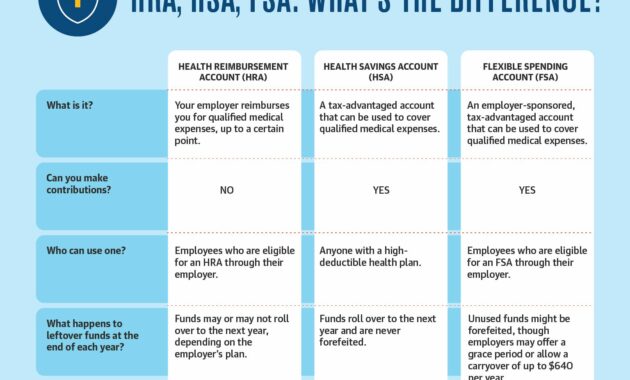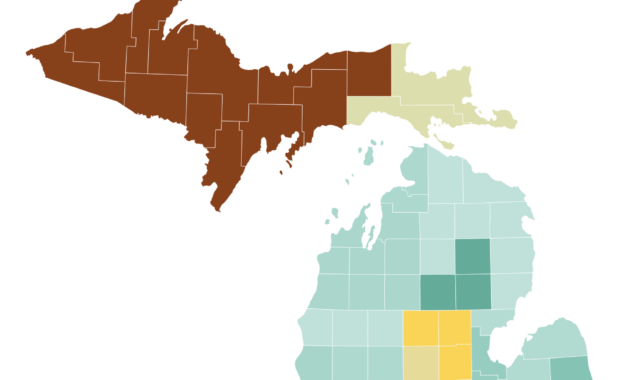Affordable Health and Dental Insurance: A Comprehensive Guide to Coverage Options
In today’s fast-paced world, securing affordable health and dental insurance has become an essential aspect of financial well-being. With the ever-rising costs of healthcare, it’s crucial to make informed decisions about the right coverage that suits your needs and budget.
In this comprehensive guide, we’ll delve into the types of health insurance plans available, their key features, and the benefits they offer. We’ll also explore dental insurance options to ensure you have a complete understanding of the coverage available to you.
Types of Health Insurance Plans
When selecting a health insurance plan, it’s essential to consider the different types available and how they align with your healthcare needs. Here are some of the most common options:
Health Maintenance Organizations (HMOs)
HMOs are a type of health insurance plan that offers a network of healthcare providers, including doctors, hospitals, and clinics. With an HMO, you typically choose a primary care physician (PCP) who manages your care and referrals to specialists if needed.
Benefits:
- Lower premiums: HMOs generally have lower monthly premiums compared to other health insurance plans.
- No deductibles: HMOs often do not require you to meet a deductible before your coverage begins.
- Broad coverage: HMOs typically offer comprehensive coverage for a wide range of medical services, including routine checkups, immunizations, and hospitalizations.
Drawbacks:
- Limited provider network: HMOs limit you to a specific network of healthcare providers, which may not include your preferred doctors.
- Need for referrals: You typically need a referral from your PCP to see a specialist, which can add an extra layer of inconvenience.
Preferred Provider Organizations (PPOs)
PPOs are another type of health insurance plan that offers a network of healthcare providers. Unlike HMOs, PPOs allow you to see both in-network and out-of-network providers.
Benefits:
- Greater flexibility: PPOs offer more flexibility in choosing healthcare providers, allowing you to see a wider range of doctors and specialists.
- Lower out-of-pocket costs: While PPOs may have higher premiums than HMOs, they offer lower out-of-pocket costs if you choose to visit in-network providers.
- Broad coverage: PPOs typically provide comprehensive coverage similar to HMOs, including routine care, preventive services, and hospitalizations.
Drawbacks:
- Higher premiums: PPOs generally have higher monthly premiums than HMOs, especially if you plan on using out-of-network providers.
- Deductibles: PPOs often require you to meet a deductible before your coverage kicks in.
- Limited coverage for out-of-network providers: Out-of-network providers may be covered, but you may face higher out-of-pocket expenses.
Exclusive Provider Organizations (EPOs)
EPOs are similar to HMOs in that they offer a network of healthcare providers, but they are even more restrictive. With an EPO, you’re typically limited to seeing in-network providers only.
Benefits:
- Lowest premiums: EPOs generally have the lowest monthly premiums among the three main health insurance plans.
- No deductibles: Like HMOs, EPOs often do not require you to meet a deductible before coverage begins.
- Comprehensive coverage: EPOs typically offer broad coverage for a wide range of medical services, including routine checkups, preventive services, and hospitalizations.
Drawbacks:
- Very limited provider network: EPOs restrict you to a very narrow network of healthcare providers, which may not include your preferred doctors or specialists.
- No coverage for out-of-network providers: Out-of-network providers are not covered under an EPO, so you’ll have to pay the full cost for their services.
- May not be suitable for emergencies: If you have an emergency and there is no in-network provider available, you may be faced with substantial out-of-pocket expenses.
Affordable Health and Dental Insurance Plans: A Comprehensive Guide to Navigating the Complexities of Coverage
In today’s healthcare landscape, finding affordable health and dental insurance plans can seem like searching for a needle in a haystack. With countless options and confusing jargon, it’s easy to feel overwhelmed. But fear not! This comprehensive guide will break down the complexities of coverage, empowering you to make informed decisions that safeguard your health and finances. From exploring dental insurance plans to understanding different types of health insurance, we’ve got you covered.
Dental Insurance Plans: Protecting Your Pearly Whites
Dental insurance plans are a godsend for anyone who has ever cringed at the thought of a hefty dental bill. They help cover the costs of routine cleanings, fillings, and even more complex procedures like root canals. By investing in a dental insurance plan, you can significantly reduce the financial burden associated with maintaining a healthy smile.
There are numerous types of dental insurance plans available, each with its own unique set of benefits and costs. Some plans offer comprehensive coverage, while others focus on specific services like preventive care. It’s important to carefully compare the different options to find the plan that best fits your needs and budget.
Health Insurance Plans: Navigating the Maze of Coverage
Health insurance plans are more complex than a Rubik’s Cube, but don’t despair! Understanding the different types of plans and their benefits is crucial for making an informed choice. Health insurance plans can be broadly categorized into two main types: managed care plans and fee-for-service plans.
Managed care plans, like HMOs and PPOs, typically offer lower premiums but may restrict your choice of healthcare providers. Fee-for-service plans, on the other hand, give you more flexibility to choose your doctors but may come with higher costs.
When choosing a health insurance plan, it’s essential to consider your health needs, budget, and lifestyle. If you have a chronic condition or need regular medical care, a managed care plan may be a more cost-effective option. But if you value the freedom to choose your own doctors and specialists, a fee-for-service plan might be a better fit.
Understanding Health Insurance Costs
Health insurance costs can vary widely depending on several factors, including the type of plan you choose, your age, and your health status. Understanding the different cost components is key to budgeting effectively.
Premiums are the regular payments you make to your insurance company to maintain coverage. Deductibles are the amount you pay out-of-pocket before your insurance starts covering expenses. Copayments are fixed amounts you pay for specific services, such as doctor’s visits or prescriptions.
Coinsurance is the percentage of the cost of a medical service that you pay after you’ve met your deductible. Out-of-pocket maximums are the yearly limits on how much you have to pay for covered services before your insurance starts paying 100%.
Choosing the Right Plan for You
Choosing the right health and dental insurance plans is like putting together a puzzle—it requires careful consideration of your needs and resources. Start by assessing your health status and lifestyle. Do you have any chronic conditions or anticipate any major medical expenses in the near future? Consider your budget and determine how much you can afford to spend on premiums and out-of-pocket costs.
Research different plan options and compare their benefits and costs. Don’t be afraid to reach out to insurance companies or agents for more information. It’s also helpful to read reviews and testimonials from other policyholders to get a sense of their experiences.
Once you’ve gathered all the necessary information, weigh the pros and cons of each plan carefully. Consider your short-term and long-term health needs, as well as your financial situation. Making an informed decision will save you money and give you peace of mind knowing that you have the coverage you need to protect your health and financial well-being.












